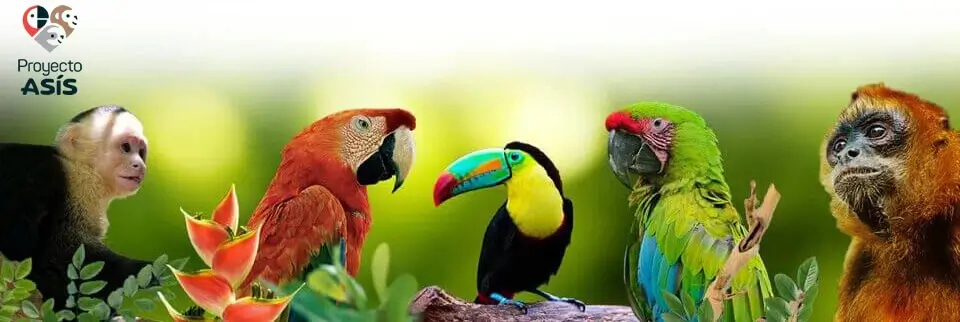The Northern Raccoon (Procyon lotor) is one of North America’s most adaptable and intelligent mammals. Known for its dexterous paws, masked face, and mischievous behavior, this nocturnal creature thrives in both wild and urban environments. But how much do you really know about raccoons?
1. Other Common Names & Taxonomy
- Scientific Name: Procyon lotor (“washing bear”)
- Other Names:
- Common raccoon
- North American raccoon
- Coon (colloquial)
- Mapache (Spanish)
- Taxonomy:
- Kingdom: Animalia
- Phylum: Chordata
- Class: Mammalia
- Order: Carnivora
- Family: Procyonidae
- Genus: Procyon
(Fun Fact: “Lotor” means “washer” – referring to their habit of dunking food in water!)
2. Anatomical Characteristics: Built for Survival
- Size & Weight:
- Length: 40–70 cm (16–28 in) + fluffy tail (20–40 cm / 8–16 in)
- Weight: 3.5–9 kg (8–20 lbs) – males larger than females
- Distinctive Features:
- Black “mask” over eyes (reduces glare for night vision)
- Ringed tail (used for balance and communication)
- Dexterous front paws (almost like human hands!)
- Adaptations:
- Omnivorous teeth (can eat plants and meat)
- Highly sensitive paws (detect prey underwater)
3. Conservation Status: Thriving (But Facing Risks)
- IUCN Status: Least Concern (LC) – populations are stable
- Regional Threats:
- Rabies & distemper (major mortality causes)
- Roadkill (high deaths in urban areas)
- Hunting & trapping (for fur in some regions)
4. Biology & Ecology: The Ultimate Opportunist
- Diet: Omnivorous – eats:
- 50% plants (fruits, nuts, crops)
- 50% animals (insects, frogs, bird eggs, garbage!)
- Behavior:
- Nocturnal (most active at night)
- Solitary (except mothers with kits)
- Highly intelligent (can solve puzzles, open latches)
- Ecological Role:
- Seed dispersers (help forests regenerate)
- Prey for coyotes, owls, and alligators
5. Population Trend: Booming in Cities, Stable in Wild
- Increasing in urban/suburban areas (easy food access)
- Stable in forests and wetlands
- Declining in regions with heavy hunting
6. Geographical Distribution: Where Do They Live?
- Native Range:
- Southern Canada → Panama
- Introduced Regions:
- Europe, Japan (invasive in some areas)
- Habitats:
- Forests
- Wetlands
- Cities (parks, alleys, attics!)
7. Threats to Survival: Why Are They at Risk?
1️⃣ Diseases (rabies, canine distemper)
2️⃣ Road accidents (major urban threat)
3️⃣ Habitat loss (wetland drainage)
4️⃣ Climate change (alters food availability)
8. Reproductive Cycle: Family Life of Raccoons
- Mating Season: January–March
- Gestation: 63–65 days (~2 months)
- Litter Size: 2–5 kits (born blind, helpless)
- Maternal Care:
- Kits open eyes at 3 weeks
- Weaned at 2 months
- Stay with mom for 6–12 months
- Lifespan: 2–3 years in wild, up to 20 in captivity
9. How Can We Coexist Safely?
✅ Secure trash cans (raccoon-proof lids)
✅ Avoid feeding them (leads to dependency)
✅ Vaccinate pets (prevents disease spread)
✅ Support wildlife corridors (reduces roadkill)
The Ultimate Survivor
Raccoons are more than just “trash pandas” – they’re highly adaptable, intelligent, and ecologically important. While they thrive near humans, they still face serious threats.
Did you learn something new? Share to spread raccoon awareness! 🦝💡












You must be logged in to post a comment.